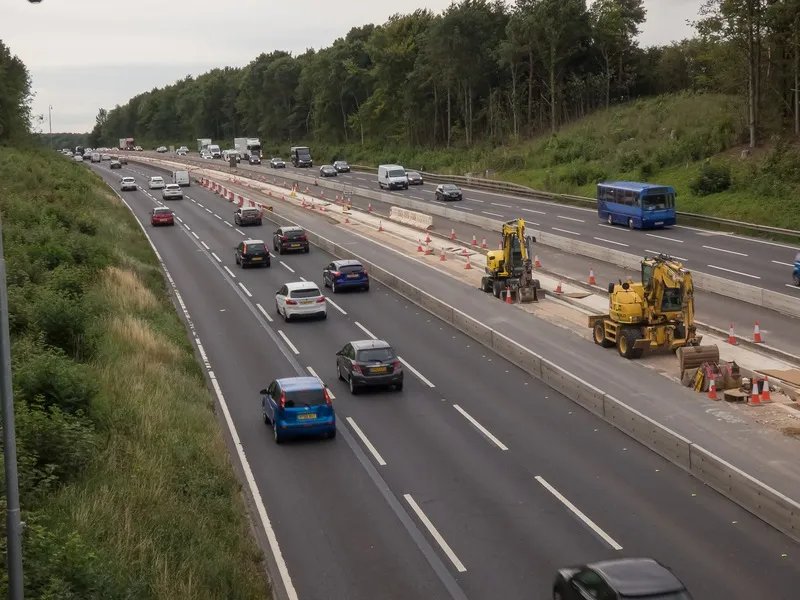
A reporting system to help work zone operators report near-miss events has been launched by MyMobileWorkers.
Roadway workzones worldwide are dangerous places, with workers vulnerable to being hit by vehicles.
MyMobileWorkers says the new digital near miss and actions register, accessible via a button on its app, can help highways businesses "prevent a potentially dangerous situation from occurring again with more serious outcomes".
The company says it allows field workers the option to submit their near-miss reports anonymously and for subsequent anonymous investigations to be carried out.
"Offering anonymity will make workers more likely to report incidents as they won’t get themselves (or their colleagues) into trouble," the firm insists. "Anonymous reporting can be activated easily within the MyMobileWorkers portal by office staff in line with company policy."
The idea of the app feature is to support best practice, enabling safety auditors to clearly understand how a business deals with near misses — giving them the ability to view the entire process from initial report creation to resolution.
It is easy for operatives to submit reports instantly regardless of location or internet signal and there is the option to record the exact incident location by pinpointing it on a digital map — saving users the time and effort of typing out the location.
Once submitted, all reports are stored in a dedicated section on the MyMobileWorkers portal, enabling companies to keep accurate records and analyse near-miss trends.
Tony Milford, MD of MyMobileWorkers, says: “This addresses a major need within the industry as highways businesses have traditionally struggled to educate staff about the importance of filling them out accurately and on time."
"Until recently, operatives had no choice but to complete near miss reports on paper forms and hand them in when next in the office. However, the reality is that, under these circumstances, near miss forms are usually completed a few days after the event and submitted at a much later date — and then, all too often, no one is assigned to investigate the incident.”








